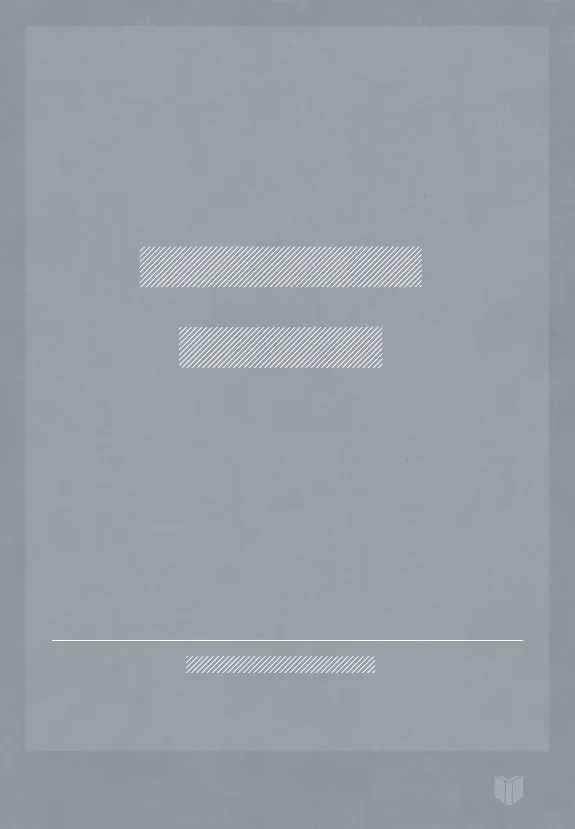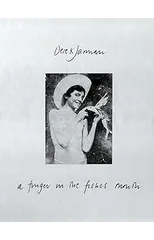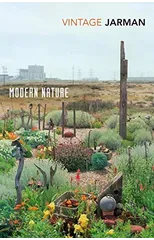Pharmacopoeia
A Dungeness Notebook
(Author) Derek Jarman'I planted a dog rose. Then I found a curious piece of driftwood and used this, and one of the necklaces of holey stones on the wall, to stake the rose. The garden had begun. I saw it as a therapy and a pharmacopoeia.' In 1986 artist and filmmaker, Derek Jarman, bought Prospect Cottage, a Victorian fisherman's hut on the desert sands of Dungeness. It was to be a home and refuge for Jarman throughout his HIV diagnosis, and it would provide the stage for one of his most enduring, if transitory projects - his garden. Conceived of as a 'pharmacopoeia' - an ever-evolving circle of stones, plants and flotsam sculptures all built and grown in spite of the bracing winds and arid shingle - it remains today a site of fascination and wonder. Pharmacopoeia brings together the best of Derek Jarman's writing on nature, gardening and Prospect Cottage. Told through journal entries, poems and fragments of prose, it paints a portrait of Jarman's personal and artistic reliance on the space Dungeness offered him, and shows the cycle of the years spent there in one moving collage. '[Derek] made of this wee house, his wooden tent pitched in the wilderness, an artwork - and out of its shingle skirts, an ingenious garden - now internationally recognised. But, first and foremost, the cottage was always a living thing, a practical toolbox for his work' Tilda Swinton, from her Foreword
Derek Jarman
Derek Jarman (1942-1994) was an English filmmaker, artist, and writer known for his avant-garde and experimental works. He was a prominent figure in the British New Queer Cinema movement and his films often explored themes of homosexuality, politics, and personal identity.
Jarman's most notable works include the films "Sebastiane" (1976), "Caravaggio" (1986), and "Edward II" (1991), which challenged traditional narrative structures and pushed boundaries in terms of content and style.
In addition to his filmmaking, Jarman was also a prolific writer, penning several books on art, politics, and his own life experiences. His literary style was characterized by its poetic and introspective nature, often blending personal reflections with social commentary.
Jarman's contributions to literature and film have had a lasting impact on the LGBTQ+ community and the art world as a whole. His most famous work, "Blue" (1993), a film consisting solely of a blue screen with voiceover narration, is considered a groundbreaking and influential piece of experimental cinema. Jarman's fearless exploration of queer themes and his bold artistic vision continue to inspire artists and filmmakers to this day.






